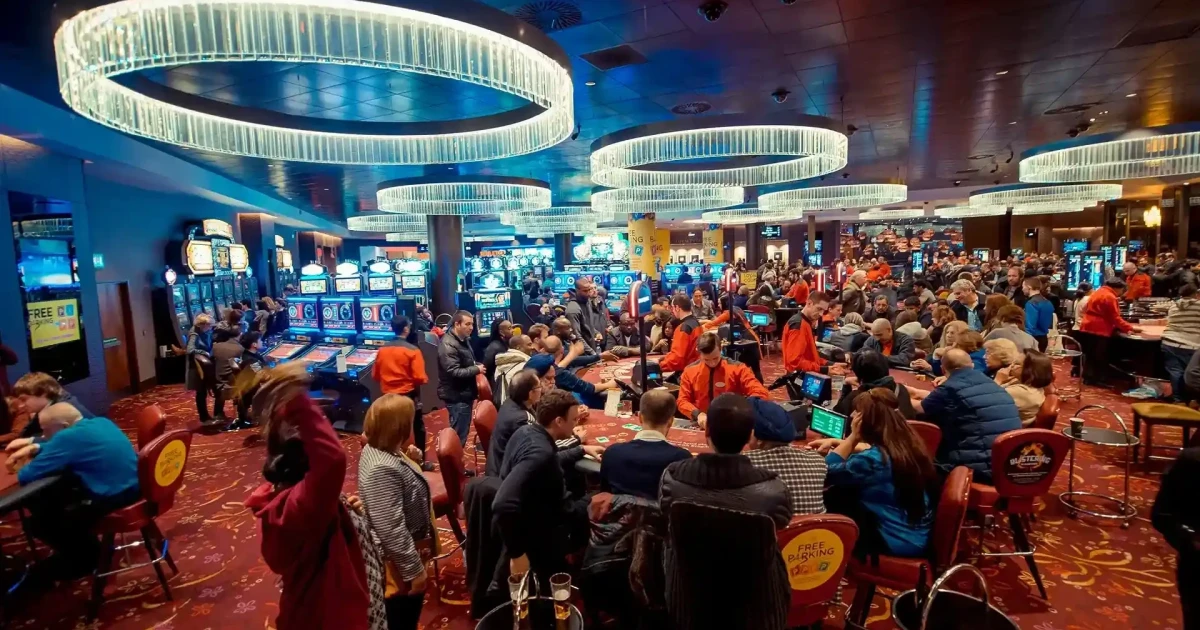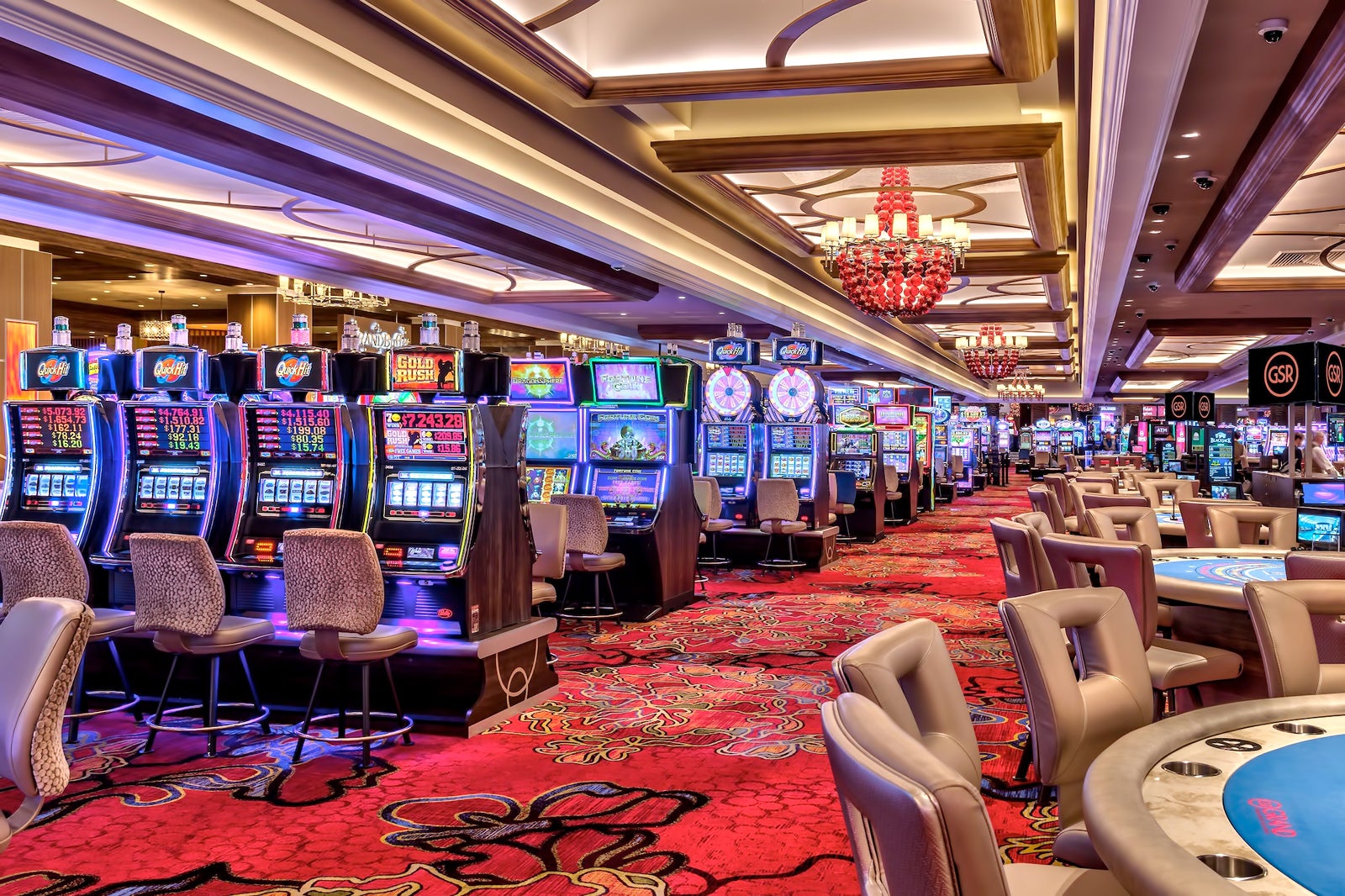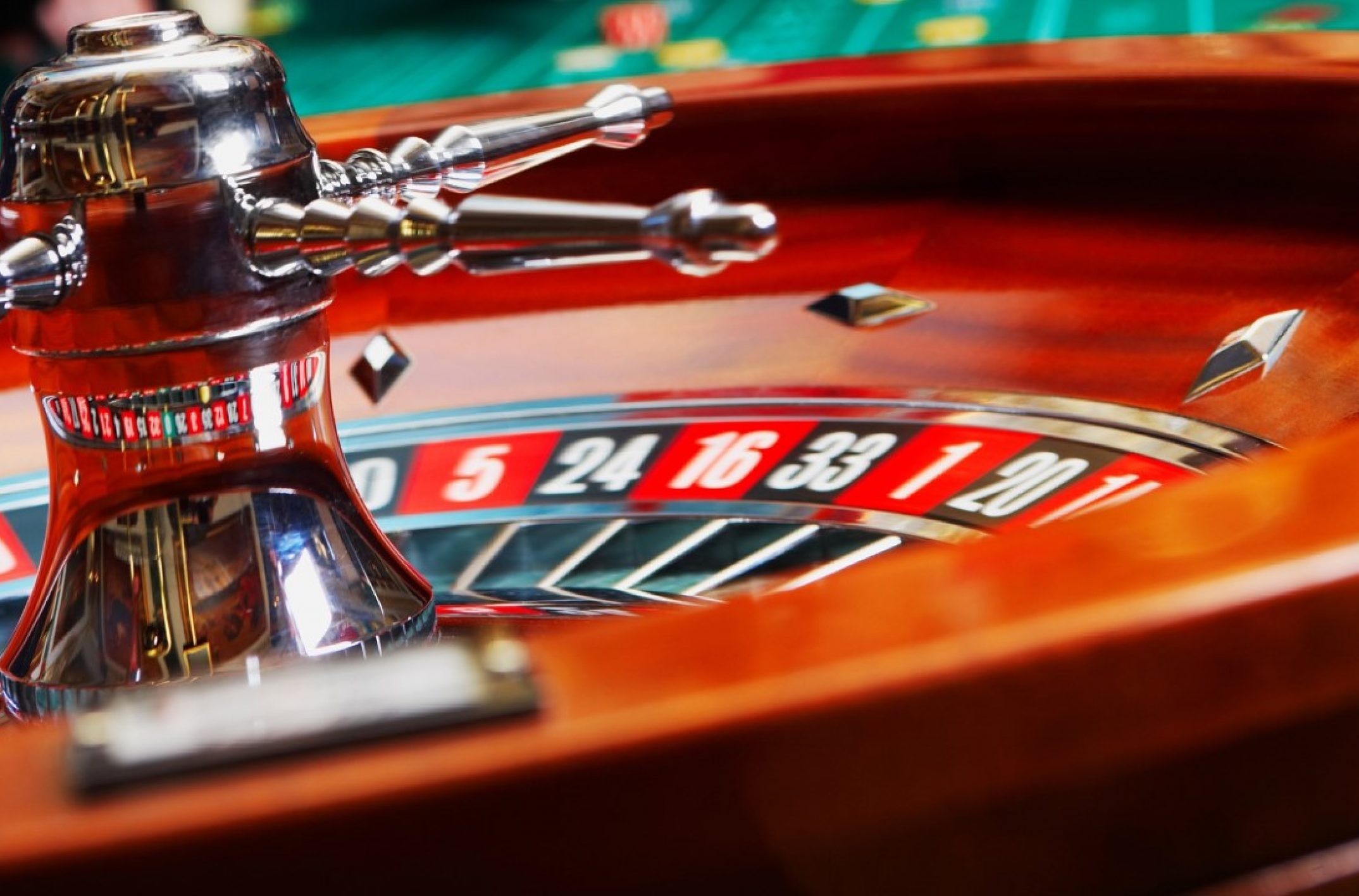
Gambling games have long captivated human interest, drawing players into a world filled with luck, strategy, and the allure of adventure. Each activity is carefully crafted not just for entertainment, but also to elicit targeted emotional responses that keep participants immersed and committed. Understanding the reasons behind these designs reveals much about how human psychology plays a key role in the gaming experience.
From the dazzling lights and lively sounds to the intricate layering of systems and incentives, casino games are designed to create an atmosphere of excitement and eagerness. Game designers leverage psychological principles to influence participant behavior, whether through the use of winning opportunities, almost wins, or community engagement. By examining these factors, we can better appreciate how casino games fulfill not just a desire for entertainment, but deeper psychological needs for thrill and hazard.
Grasping Player Actions
Casino games are crafted with a profound understanding of player psyche, which is vital for drawing in and keeping players. The rush of the game, combined with the expectation of winning, produces a powerful draw. Game designers make use of elements like sonic elements, colorful graphics, and engaging gameplay to engage attention and generate emotional responses. These sensory experiences enhance the immersive experience, making players feel more involved in the game.
Another notable aspect of player behavior is the concept of risk/reward dynamics. Casino games often balance high-risk scenarios with the potential for considerable rewards, which can result in the occurrence known as near-miss experience. When players come near to winning, the brain secretes dopamine, reinforcing their behavior and encouraging them to persist playing in search of that hard-to-reach win. This cycle of wish and disappointment plays a critical role in how games are structured and advertised.
Lastly, social factors also play a critical role in player behavior at casinos. Many games are crafted to be played in pairs or with other players, nurturing a sense of community and shared experience. https://okking9.vip/ The interaction inherent in games like poker enhances enjoyment and can lead to extended gameplay. Designers leverage on this by creating environments that prompt players to remain, socialize, and return, making the overall casino experience more inviting.
The Role of Visuals and Sound
Imagery and sound play a crucial role in elevating the player’s experience within casino games. Designers utilize bold colors, striking graphics, and captivating animations to attract players’ attention and maintain their focus. The use of themes, such as adventure or opulence, helps create an enthralling atmosphere that takes players into another world. By appealing to the senses, these elements contribute to a heightened emotional response, prompting players to interact more profoundly with the games.
Sound design is just as important in enhancing the experience of casino games. The mix of background music, sound effects for successful combinations, and ambient noises creates an sound landscape that holds players fascinated. Sounds associated with victories, such as ringing bells or festive music, evoke feelings of excitement and satisfaction, prompting players to keep playing. These sound cues are strategically placed to amplify the excitement of the game and create a more immersive experience.
Moreover, the alignment of imagery and audio is important for reinforcing the game’s overall concept and mood. Each element should coordinate harmoniously to create a cohesive experience that pulls players in. The effective use of this synergy not only improves user satisfaction but also increases the likelihood of repeat play, as players become more invested in the captivating world that the gambling games offer. This thoughtful integration of visuals and sound ultimately enhances player engagement and commitment.
Reward Structures and Engagement
The development of casino experiences heavily depends on incentive structures to keep players involved and returning for additional experiences. These systems are rooted in psychological principles that exploit human behavior and motivation. Players are often driven by the thrill of winning, which is supported by immediate feedback through the game structure’s mechanics. This prompt satisfaction not just enhances the overall experience but also fosters a sense of achievement, prompting participants to keep participating in hopes of greater gains.
Casinos utilize various incentive systems, including jackpots, extra rewards, and multipliers, to captivate participants. These elements create a layer of thrill that sustains engagement. Additionally, the randomness of results plays a crucial role in sustaining attention. The variable reward system, where wins are unpredictable but happen often enough, keeps players on edge and driven to keep playing. This cycle of hope and expectation is foundational to the effectiveness of casino games.
In addition, community aspects, such as competitive events and multiplayer features, boost the engagement factor by leveraging the desire to compete of participants. The shared experience of gaming with others can intensify the excitement of success and create a sense of community within the gaming space. By integrating these community elements with efficient incentive structures, casino games don’t just provide entertainment but also nurture a stronger bond among participants, solidifying their loyalty to the gaming experience.


